Optimal Timing for Waterproofing Applications
Waterproofing is a critical process for protecting structures from water intrusion and damage. The timing of waterproofing applications can significantly influence their effectiveness and longevity. Proper scheduling ensures that waterproofing materials adhere correctly and perform optimally, preventing costly repairs and structural issues.
Ideal for waterproofing due to moderate temperatures and lower humidity, allowing materials to cure properly.
Applying waterproofing during dry periods minimizes moisture interference, ensuring better adhesion and durability.
Implementing waterproofing before construction begins helps prevent water ingress from the outset.
Waterproofing after construction can address existing vulnerabilities and leaks effectively.

Ways to make Waterproofings work in tight or awkward layouts.
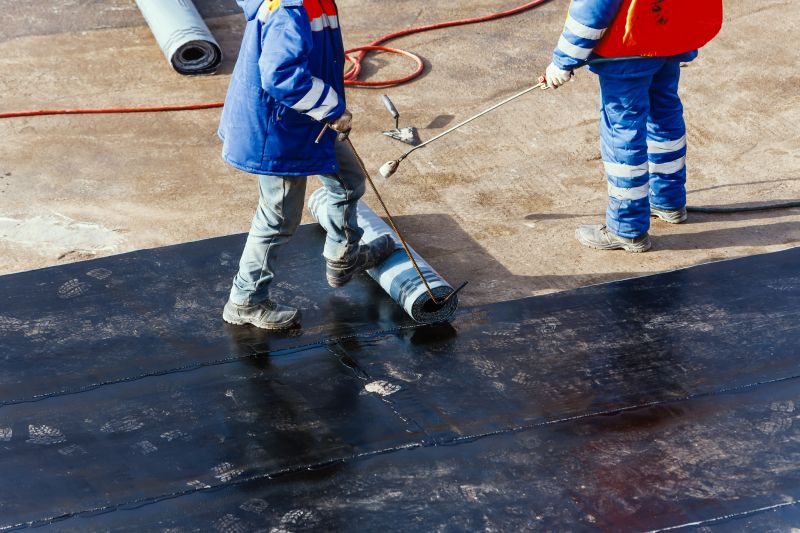
Popular materials for Waterproofings and why they hold up over time.

Simple add-ons that improve Waterproofings without blowing the budget.
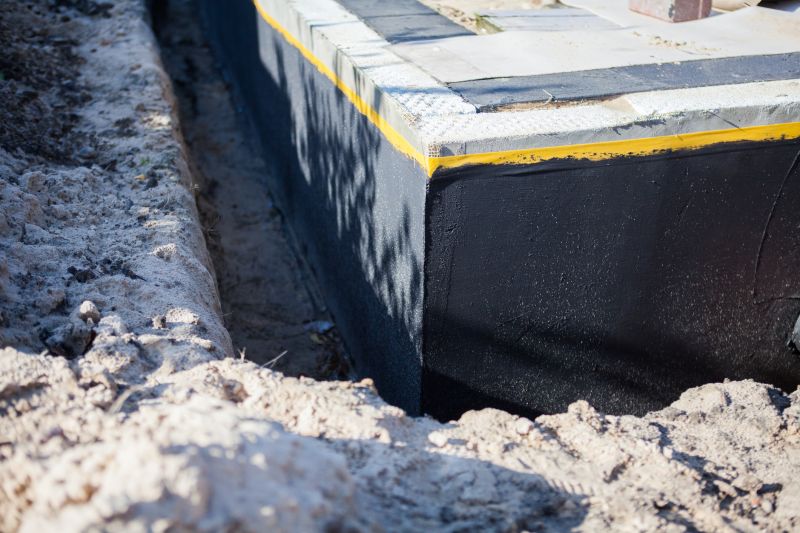
High-end options that actually feel worth it for Waterproofings.
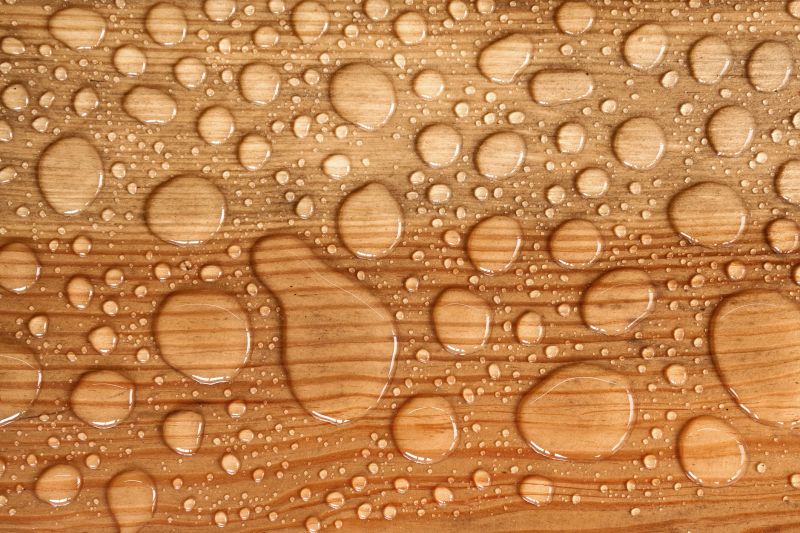
Finishes and colors that play nicely with Waterproofings.
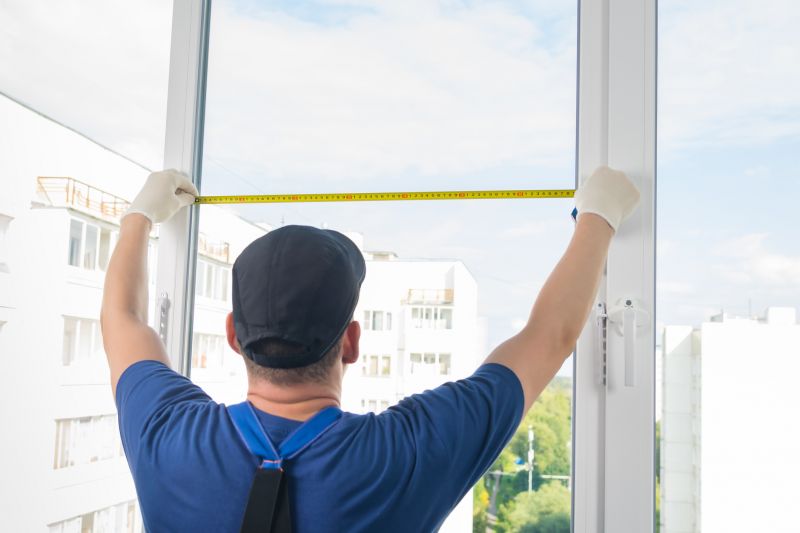
Little measurements that prevent headaches on Waterproofings day.
| Season | Best Practice |
|---|---|
| Spring | Moderate temperatures and low humidity make it ideal for waterproofing applications. |
| Summer | Dry and warm conditions support effective curing and adhesion. |
| Fall | Suitable if weather remains dry and temperatures are moderate. |
| Winter | Generally not recommended due to cold temperatures and potential for moisture interference. |
| Rainy Season | Best avoided for waterproofing application to prevent defects and adhesion issues. |
Waterproofings are essential for protecting buildings, foundations, and roofs from water damage. They involve applying specialized materials that create a barrier against moisture infiltration. Proper waterproofing extends the lifespan of structures and reduces the risk of leaks, mold, and structural deterioration. Advances in waterproofing technology include liquid membranes, sheet membranes, and sealants, each suited for different applications and environmental conditions.
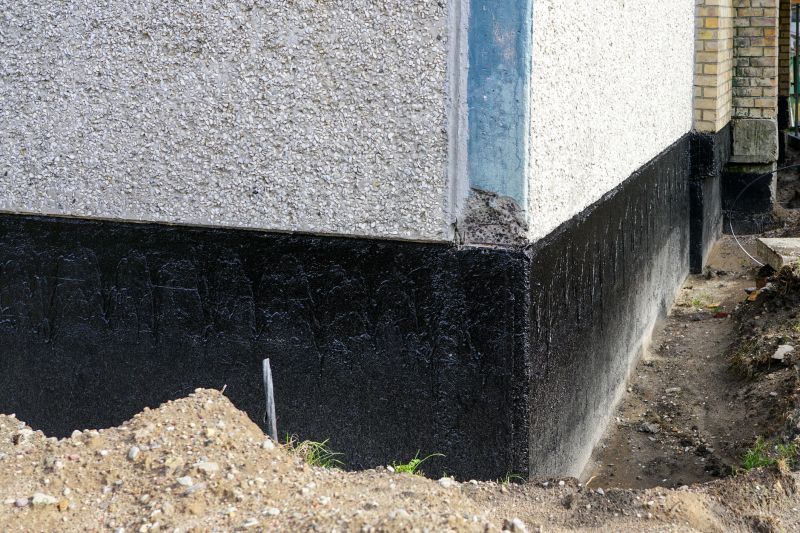
A 60-second routine that keeps Waterproofings looking new.
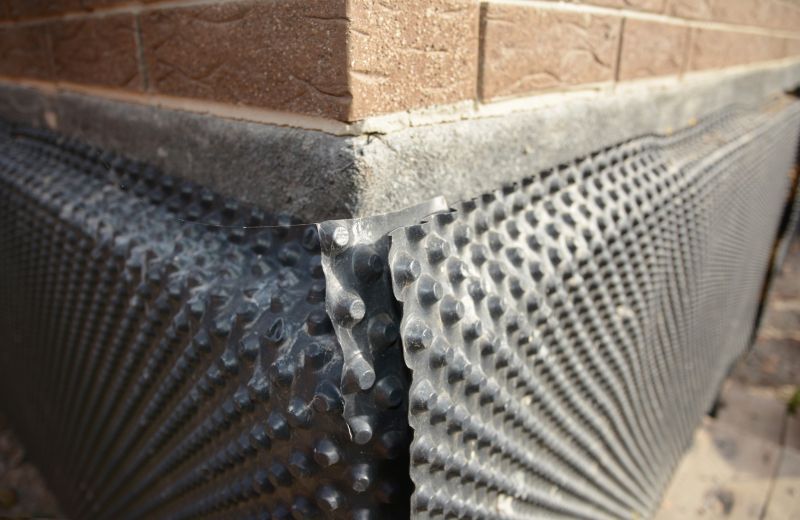
A frequent mistake in Waterproofings and how to dodge it.
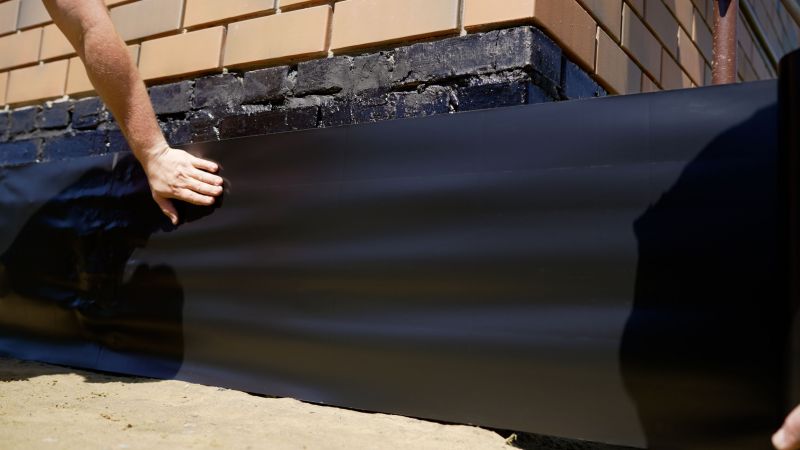
Small tweaks to make Waterproofings safer and easier to use.
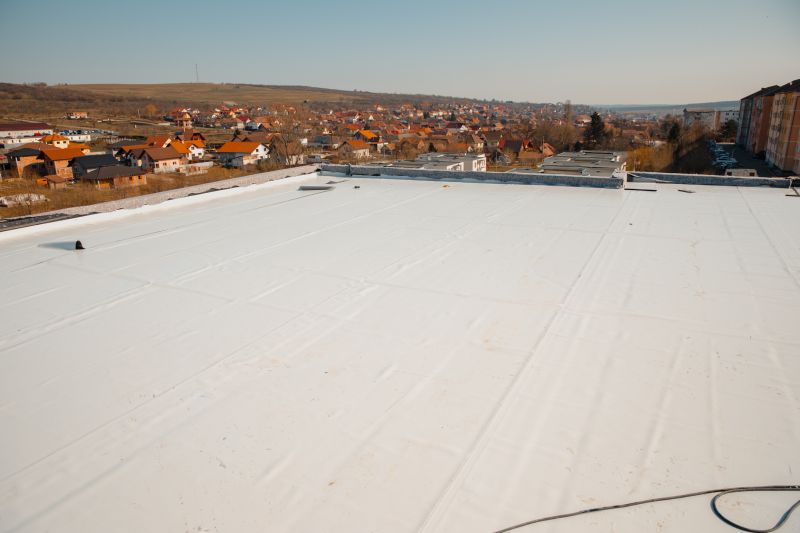
Lower-waste or water-saving choices for Waterproofings.
Interested parties are encouraged to contact for more information on waterproofing options and scheduling. Proper timing and application techniques are vital for ensuring long-lasting protection against water damage.

